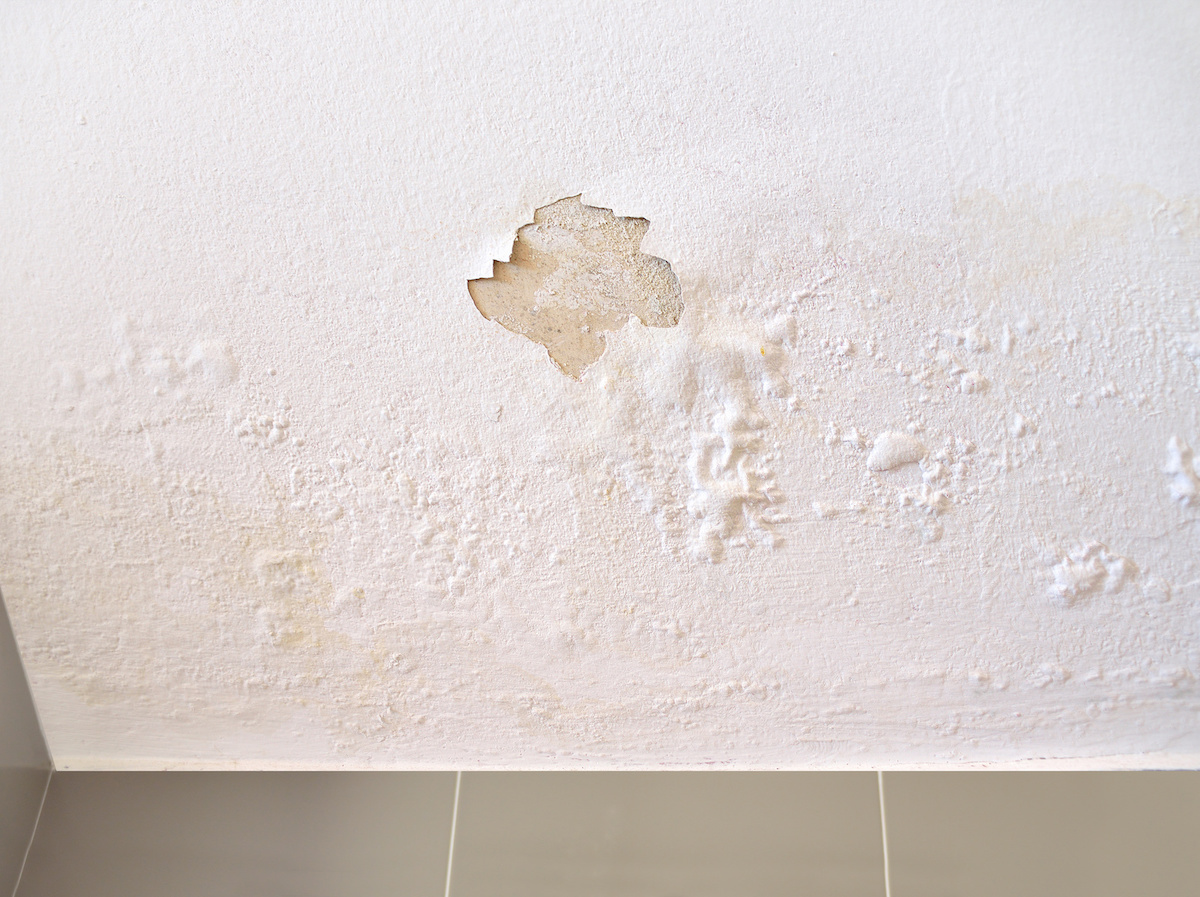Just How to Avoid Bathroom Water Damage
Just How to Avoid Bathroom Water Damage
Blog Article
Have you been on the lookout for tips on How to Prevent Bathroom Water Damage?

The washroom is incredibly at risk for moist buildup and possible water damage because of the constant use of water in it. This write-up provides straightforward evaluation methods to help discovering water damages risks.
The constant use of water in the restroom makes it exceptionally susceptible for damp buildup as well as possible water damages. By evaluating it routinely, you can decrease water relevant problems.
The following collection of examinations is easy to do and also should be done when in every 3 months in order to maintain your bathroom in good shape and also to stop potential water damages triggered by the bath tub, the shower, pipe joints and plumbing, sinks, cupboards, and also the commode
Do not neglect carrying out these examinations and also be comprehensive while doing them. Bear in mind that these straightforward inspections can save you a lot of money by supplying very early signs for water damages
Sinks and Cabinets
Sinks and cabinets are subjected to wetness as well as moisture day-to-day and also are usually overlooked. Inspect routinely under the sink as well as on the counter top over it. Fix any type of drip in the catch as it might recommend drainpipe issues. Browse the sink, slow-moving draining pipelines might show an obstructed drainpipe. Change sink seals if they are split or loosened.
Bathtub and Shower
The shower and bath tub call for unique interest and maintenance. Examine the ceramic tiles and replace if fractured. Make certain that there is no missing out on grout between the floor tiles. Check as well as replace cracked caulking at joints where the wall surfaces satisfy the floor or the bathtub. Obstructed drains pipes and pipelines troubles will certainly protect against the bath tub from drying out as well as may indicate significant troubles underneath the tub. Speak with a professional quickly to stop architectural damage. Take notice of discolorations or soft areas around the bath tub walls as they might suggest an internal leakage.
Plumbing
Signs for water damage are hard to find because most pipes are mounted inside the walls.
Pay unique interest to flooring and also walls dampness as well as discolorations as they might indicate an undetectable plumbing problem. Examine dampness levels in adjacent rooms also.
The Bathroom
The commode is a susceptible water joint. Check the water lines as well as look for leakages around the commode seat, in the hose pipe, and also under the water tank. If you discover any kind of signs of wetness on the flooring around the toilet, look for leakages in the toilet rim as well as container seals.
Be aware that hanging bathroom dish deodorants raises the chances for obstructions.
Water Damage Signs In The Bathroom To Avoid Cleanup
Musty smell
This is one of the easiest signs to catch because musty smells are so odorous. The damp, earthy, moldy smell should be a big red flag. The smell will develop when moisture gets trapped in surfaces, and begins to facilitate mold growth. Leaking pipes under cabinets, inside walls, and behind shower fixtures will cause moisture to stay trapped and not dry, which will lead to mold growth and spread. As soon as you notice any musty smells in your bathroom, have it checked for hidden water damage and cleanup signs.
Visible mold
If the smell isn’t there to give it away, sometimes you will actually see mold growth. Finding mold in your bathroom is a serious problem, because mold is very harmful to your health. By the time mold growth is visible, it also means that water damage has already occurred and been present for some time. The only way the mold problem can be resolved is to find the source of the moisture and get it stopped. To safely and adequately remove mold, you need to have professionals handle the remediation. Do not waste any time in getting mold problems addressed, fixed, and sanitized so that you can protect you and your family from the many respiratory symptoms caused by mold exposure.
Damaged floors
Bathroom floors should be able to withstand some exposure to water while still remaining in good condition. However, when excess exposure or water leaks occur, they will begin to damage even the most water-resistant flooring. If you notice any cracking, bubbling, staining, or warping on your bathroom floors, there is probably a water leak somewhere causing the distortion. If you notice areas of the floor have become softer, or even have a spongy feeling, there is probably damage to the subfloor. Subflooring is typically made up of plywood. When plywood is exposed to water or moisture, it will absorb it. Once it has become saturated, the weight of the excess water will cause the wood to swell and soften. Check the floors in your bathroom frequently to catch any of these sings before they lead to damaged subflooring.
Changes on walls
When water leaks behind walls, it will cause changes in the drywall. Peeling plaster, blistering paint, and soggy wallpaper are all good indicators that excess water is building up behind the wall. Water leaking behind drywall will cause it to swell and be soft to the tough. If you start to notice gaps along the trim of your walls, or where tile meets the wall, it could also be a strong indicator that there is a leak behind the wall. Any changes, distortion, or damage on the walls should be evaluated as soon as you notice it to prevent further water damage and cleanup.

We had been brought to that write-up on How to Fix a Water Damage Bathroom from someone on a different site. Appreciated our blog posting? Please share it. Help somebody else find it. Thank you for your time invested reading it.
Call Us Today Report this page